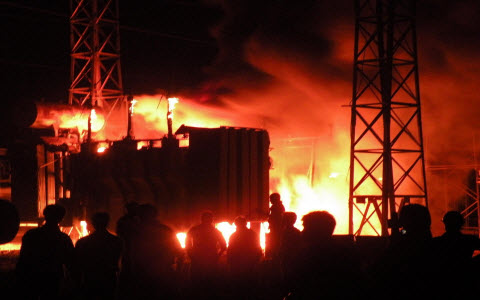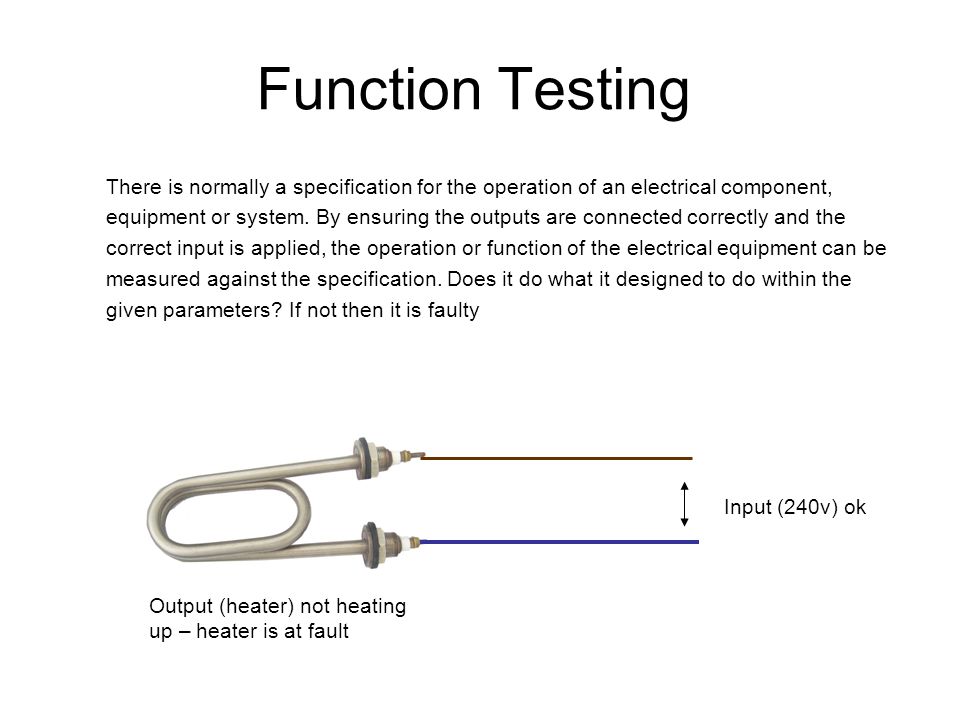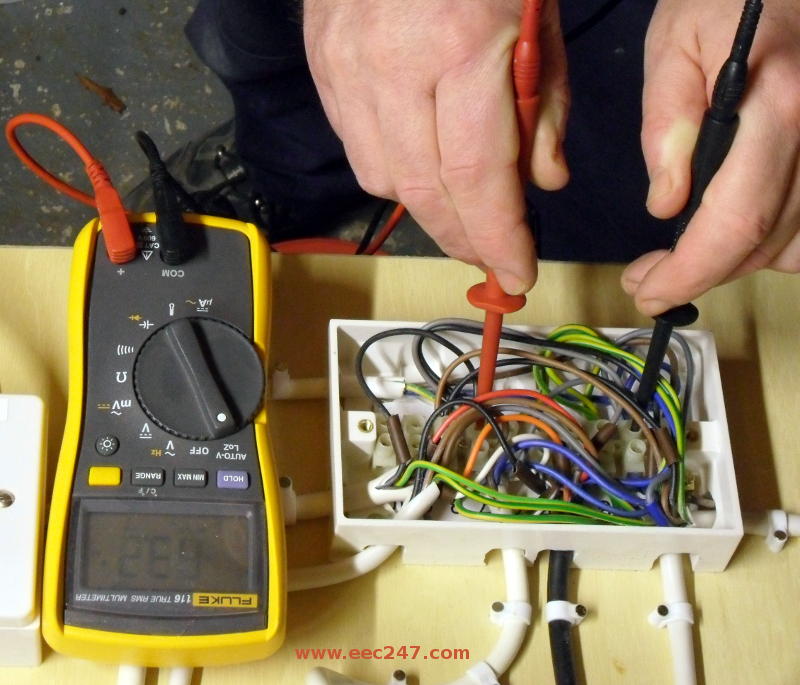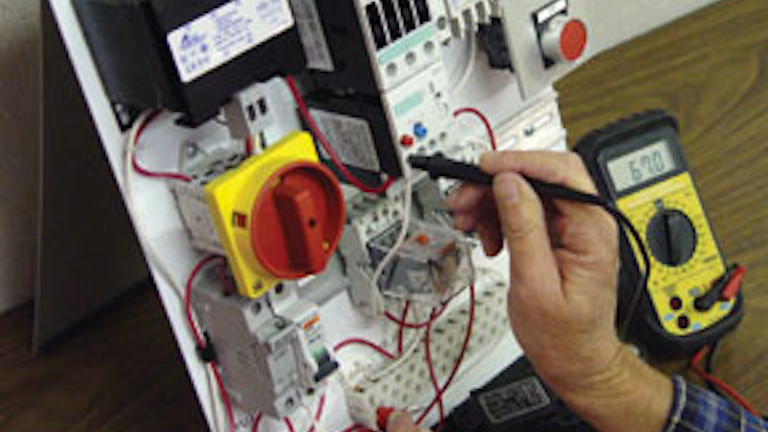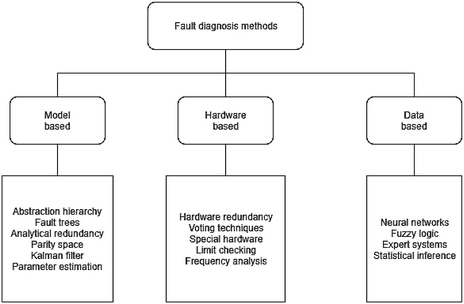Key elements to fault finding in order for you to be able to walk up to a machine and locate the fault you must have a good understanding of electrical circuitry.
Electrical fault finding techniques.
What are the six key steps to approach electrical fault finding.
Electrical fault finding techniques when you need to troubleshoot electrical equipment you will either need to replace the faulty component or replace the defective equipment completely.
In order to do it properly you need to be able to use some electrical fault finding techniques that will allow you to discover the problem and solve it.
Capacitors can store electrical charge and give electric shocks.
In this section we look at the general principles of fault finding through the application of diagnostic reporting.
Discuss fault finding techniques.
1 of 2 go to page.
Essential items in the fault finding toolbox two even better than one they allow you to measure both voltage and current.
To help technicians get to the cause of a fault faster mcp has developed a course focusing on a logical approach to fault finding.
Finding electrical faults you will need basic knowledge of electrical faults identification in addition to electrical diagrams generally an electrical circuit is made of electrical components like lights pumps fans and motors switches fuses relays circuit breakers and fusible links.
If you are convinced that the earth is touching the phase or vice versa or the ph is touching the n prior to the load then you would carry out an ir test at 500 volts dc between the ph e or ph n.
Electrical fault finding techniques.
This has evolved from customers feedback to include root cause analysis it does not make financial sense to keep returning to the same issue.
Fault location techniques can be broadly divided into terminal methods which use voltages and currents measured at the ends of the cable and tracer methods which require inspection along the length of the cable.
Locating faults in a cable system can be done either with the circuit de energized or in some cases with the circuit under power.
Although they offer this for both ac and dc usually dc measurement is sufficient.
Testing to locate the position of a fault.
These principles apply in all disciplines regardless of whether they are civil electrical mechanical etc.
A typical electrical circuit consists of an electrical component pump light motors fan etc any switches relays fuses fusible links or circuit breakers related to that component and the wiring and connectors which link the component to both the battery and the chassis which is connected back to the battery to complete the circuit.
